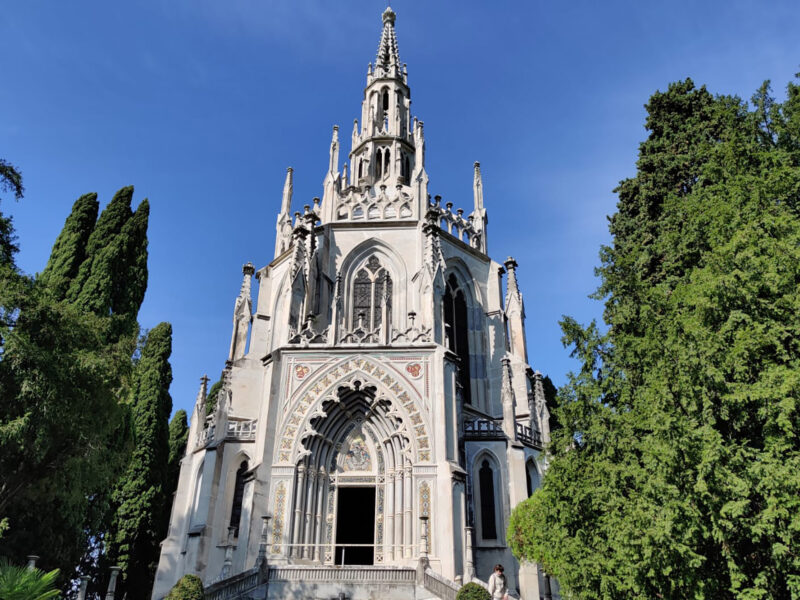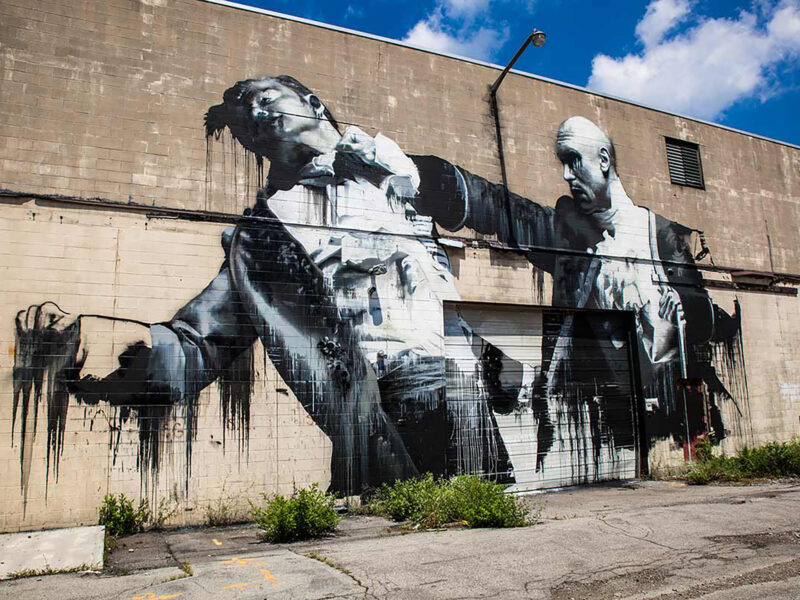Asztalos | Fired but unexploded
I don’t know for which strange reason when I thought about the House this beautiful installation by Zsolt Asztalos present at the 55th International art exhibition in Venice came back to my memory. Maybe because the house is the only total world where you can ignore the outside world. An intimate, private place, a “nest” as represented by Alessandro Ceni in an exhibition many years ago. The house is something that builds a parenthesis between us and the world. It is a strange suspended time or a time that feigns its suspension by opposing the chaotic outside. Maybe it is for this contradiction that I thought of “Fired but unexploded” where defective weapons of war knot our history and force us to reconsider, dissect, rethink it. History is war. Even in times of peace it is war. Many modern thinkers have asked the question whether the engine of society is not a certain deadly struggle for the will to power. In this sense, war would be the ultimate truth of life, even in peacetime, where politics is the continuation of war by other means.
Of course, we all know that we are not completely free to shape our history and we do not choose but we inherit the circumstances as Eliot’s famous lines in Little Gidding remind us: “Whatever we inherit from the fortunate / We have taken from the defeated / What they had to leave us — a symbol: / A symbol perfected in death. ” However – as Gábor Gulyás – wrote, the sudden sensation of the weight of historical burdens is an experience which can be traumatic in our world – a world built on the idea of freedom. Zsolt Asztalos’s work is about this effect. Then the bombs appear on the screens of clumsy old-fashioned televisions and in the background we hear the noises, the sounds of our ordinary life. Small captions tell us the type of bomb, the place and the time of production. This is not the real world, we could say. The only thing that is real is that we know that they have not exploded and that they bear signs of deterioration, wear and impact deformation on their bodies.
We cannot know why they did not explode, just as we can begin to build in our heads that the failure of its explosion is partly the failure of the war industry that designed and built it. Yet a strange feeling of anguish assails us. Because an unexploded bomb is a dysfunctional object that creates tension, generates a constant state of fear.
The suspended destructive process can continue at any time and, as Gabriella Uhl wrote, Zsolt Asztalos looks in this direction: “the story of the malfunctioning device which stays with us, and generates, interprets and symbolizes conflicts among humans. He drives the invisible towards visibility, the indecipherable towards legibility. Rather than saving the world, he merely pushes the paradox of life and death to its extreme, magnifies and concentrates the moment. Turned out by the plough, hidden in the depths of waters or found at construction sites, in what semantic fields can these objects, these relics of wars waged and raging, these latent carriers of a constant threat, be interpreted? (…) Yet this is an installation that explicitly tries to avoid a strict interpretation, and the destructive weapons that hover in an indefinable, homogeneous space, together with the sounds that filter through from afar, have a universal message of humaneness , creating the possibility of a new narrative. The unexploded bombs are manifestations of a state of grace, as their technical dysfunction allows personal and human history to be written on. Their story is a real morality play, a danse macabre; the destructive device creates an opportunity for us to think about life, to reckon with it. This transformation, whereby the gaze directed at the object slips, and turns from death to life, is a rare and unique moment. An unexploded bomb makes a statement. It thinks. Motionless. Mathematically. The process frozen by chance devours time. ”
And it is here that the work becomes total. No longer for its submerged ticking. Not only because of his lacerating and presumably catastrophic wait, no longer because he tells about the people he has silenced but because the shape of the devices we see expands, propagates in the imagination and we are pushed to consider it as a crack through which we can bring a crowd of images that aspire to be born into an uncertain realm.





